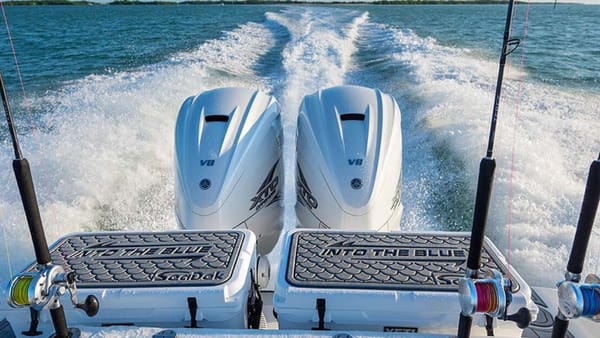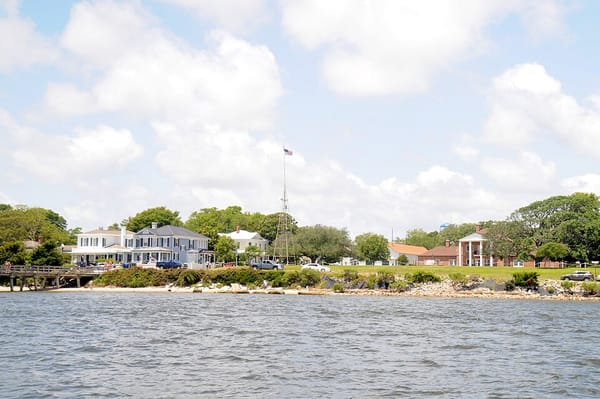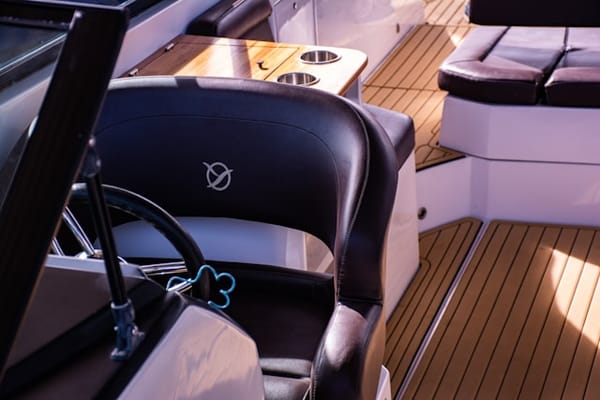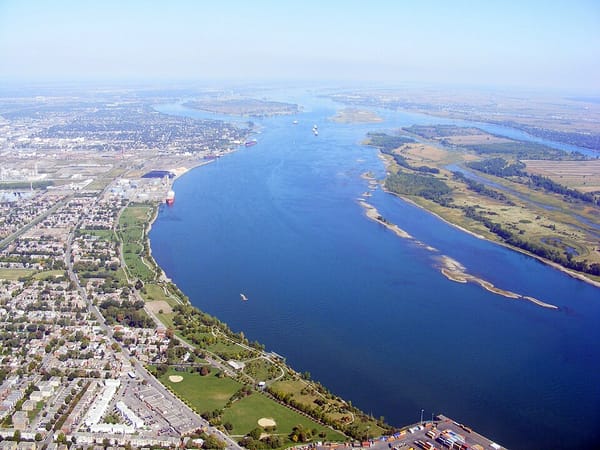Anchors Aweigh: All About Anchoring and How to do it Without Drifting Away
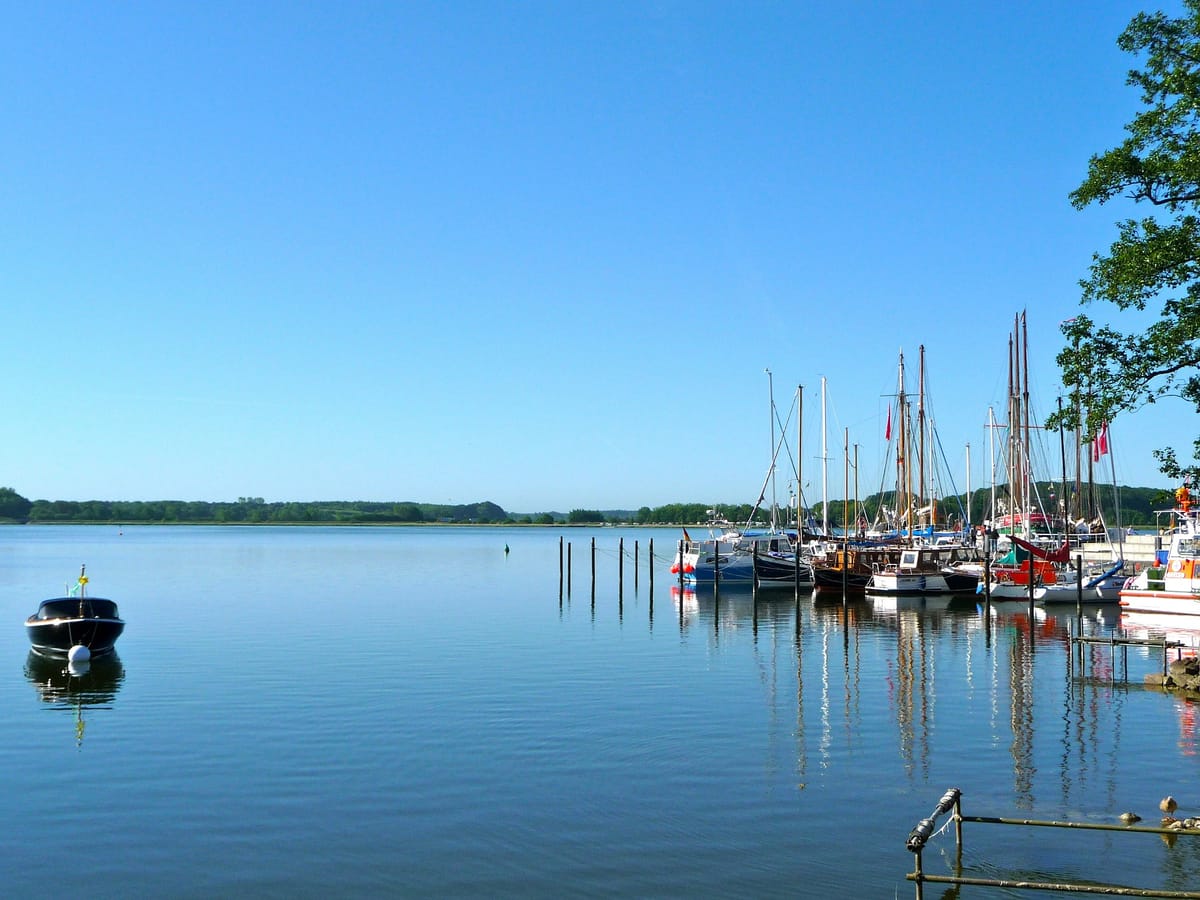
With all the technical aspects of boat usage, it’s easy to assume that the anchor is one of the more basic of aquatic apparatuses. After all, you toss it in. It’s heavy, so it says put. Well, if you’ve been boating for longer than two minutes, you know that’s not always the case. Between wind, waves and the seabed, proper anchoring can be a tricky task. Just when you think it’s set in place, the water moves and you start drifting.
While a boat full of friends, family, fisherman or wild kids who are ready to cast a line or jump in can be stressful, it doesn’t have to be. Today, we’re going to go over some tips on anchors and anchoring to make the day as relaxing as it should be. Read up before you leave the boat slip rental and you’ll be as set as the anchor.
How to Choose the Right Anchor
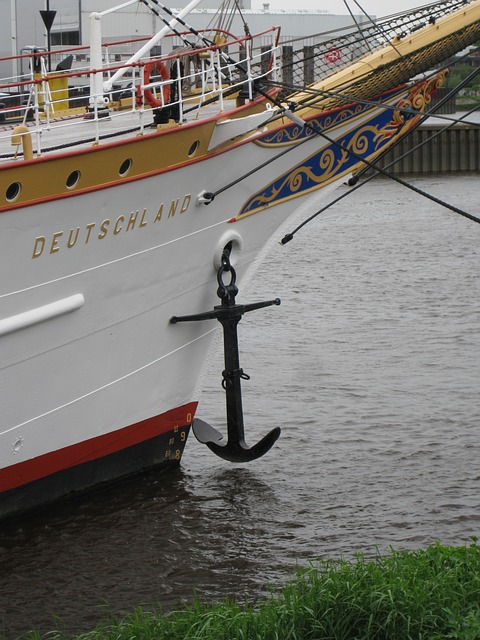
Photo: Pixabay
Choosing the right anchor depends on the boat length as well as the water conditions you typically boat in. Calm inland lakes and rivers don’t require as strong of an anchor as one needed for oceans, steady waves and rapid currents. Heavier boats also need heavier anchors. Consider whether the bottom is seagrass and weeds, jagged rocks, sand, soft mud or gravel.
Begin your anchor selection based on the bottom of the area you boat in the most. Next, choose based on the size and weight of the boat. It would be nice if you could use one anchor for every situation, but that just isn’t always feasible. It’s a good idea to have an extra anchor on board for multiple uses as well as if something happens to the anchor (unlikely but you never know). Some boaters like to use an anchor off the bow and the stern. This is a really good idea if you’re in a tight anchorage and want to prevent your boat from moving from side to side and possibly hitting another boat or boat slip.
Things you’ll want to look for when selecting an anchor include …
- Made of a durable material such as galvanized steel
- Rustproof and non-magnetic
- Adjustable shank or fluke angles
- Ability to store it in a compact position is a big bonus
Types of Anchors
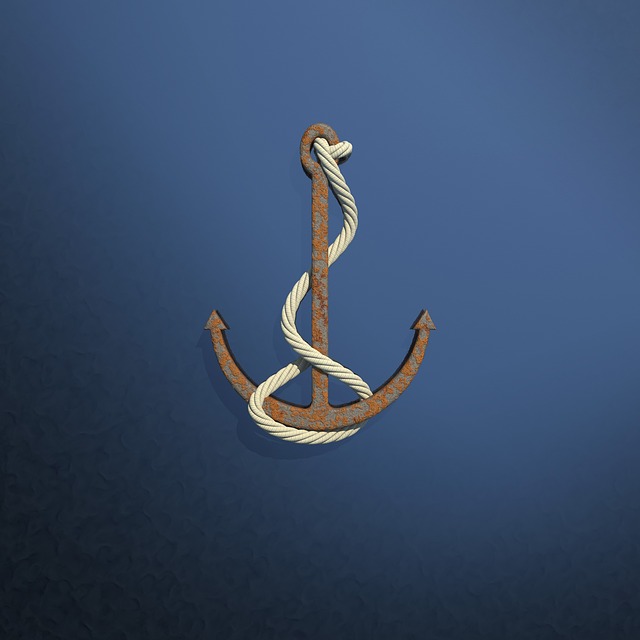
Photo: Pixabay
There are several different types of anchors. We’ll just go over a few of the most popular ones used for recreational boating.
Fluke Anchor

Photo: Sandy Allen
Fluke anchors (also called Danforth anchors) are lightweight and have two long “flukes” that pivot to dig into the bottom. The flukes are the sharp points at the end shaped like a dolphin fluke. They’re one of the most commonly used types.
- Best for small boats
- Good for hard sand or mud (the flukes dig into the bottom)
- Not good for grassy bottoms as the flukes can slip right out
Grapnel Anchor
Grapnel anchors have a center shaft and four pieces that dig into the bottom and then fold up for compact storage. The points aren’t sharp so they won’t cause scratches to the boat.
- Good on rocky or weed bottoms (the arms need something to hook onto for staying power)
- Good for smaller vessels like kayaks, jet skis and canoes
- Folds up flat for storage
Plow Anchor
The plow anchor, also called Delta, is shaped very similar to the farm variety of plow). When it’s dropped in water, it lands on one side and then buries itself when pulled. It’s plow-like shape is conducive to easily resetting if the boat shifts in position. It can be either hinged on non-hinged. Because of its size (it doesn’t fold), it’s recommended that your boat has a bow roller or anchor locker. It’s also good for use with a windlass.
- Good for sand, rocks, mud, grass and shell bottoms
- Not good for soft mud or clay
- Popular for boats longer than 30 feet
Claw Anchor
Also called a Bruce anchor, the claw’s unique shape allows a 360-degree turn without breaking out. It performs similar to a plow anchor but at lower weights. The curved flank makes it easier to right itself regardless of how it lands. Like the plow anchor, you’ll want a bow roller and anchor locker.
- Works well in sand, grass and mud bottoms
- Not good for rocky bottoms
- Good for sportfishing boats and coastal waterways
Box Anchor
Like its name suggests, this actually looks a lot like a box (as well as a bear trap with those eight angled flukes). Box anchors set quickly and are good at adjusting their positions as the boat moves about on the water.
- Good for pontoon boats, houseboats and more
- Great for nearly every bottom condition
- Folds flat for easy storage
Slide Anchor Spike
If you spend a lot of time pulling up to small coves or a beach area, a slide anchor spike is a great anchor. It’s basically a spike that sticks into the ground. It doesn’t require the chore of other anchor types. Simply tie off on land from the bow of the boat.
- Good for small to medium size recreational boats
- Not good for large heavy boats
How to Anchor a Boat

Photo: Unsplash
- You’ll want to make sure you’re headed into the wind or current for the best anchoring position.
- Lower the anchor into the water. Some boaters toss it out, but it’s really up to you.
- Once about a third of the line is let out, give it a tug to check if it’s firmly set into the bottom.
- Continue letting out the line. You want some slack in the line rather than a hard tie-off right where the anchor is.
- Tie it off to a bow cleat on the boat. Don’t forget to do this.
- You’re done!
Hopefully you’ve picked up some tips on how to choose an anchor as well as how to securely use said anchor. With a little practice, you’ll be anchoring out like a pro. Anchors aweigh!
